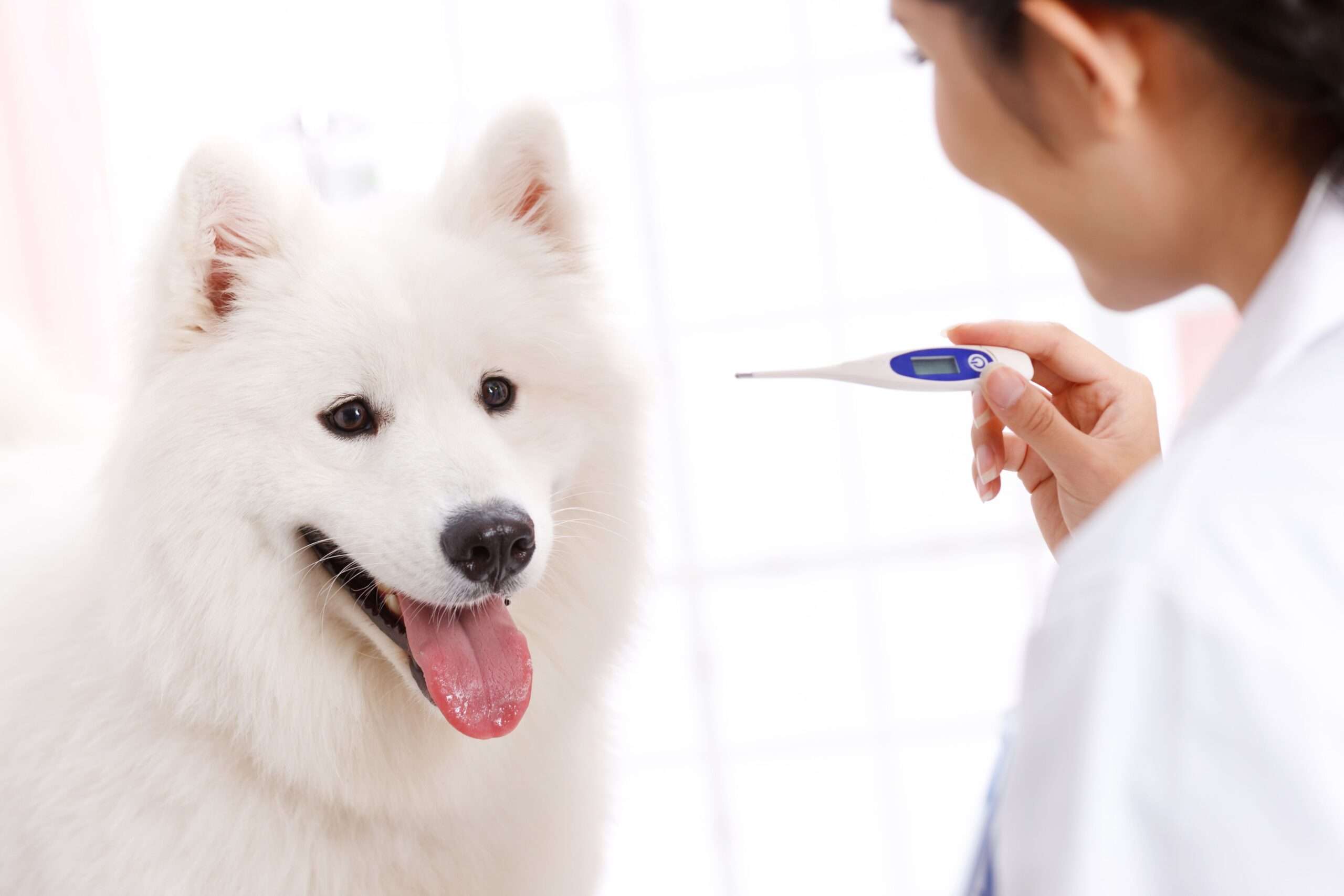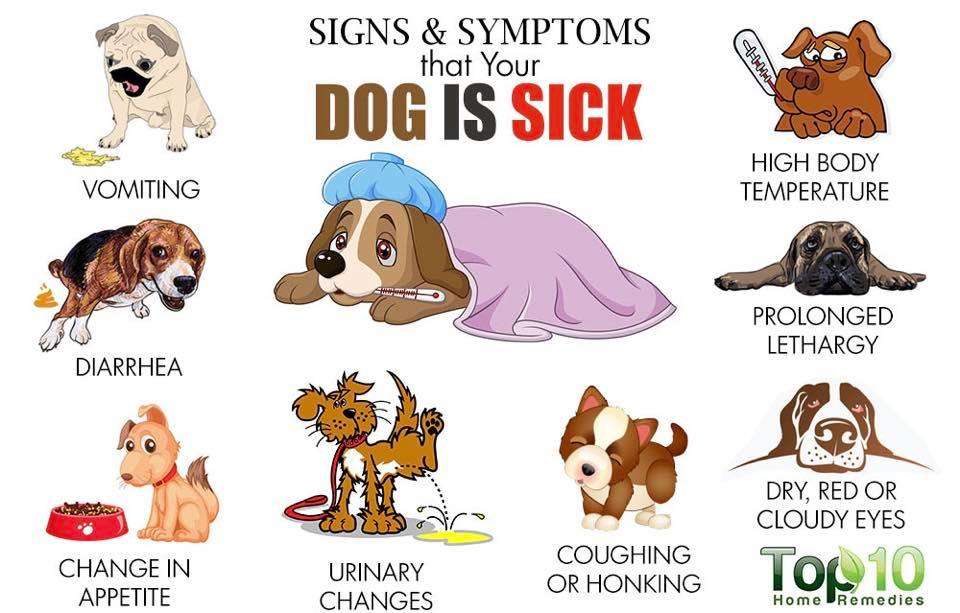Key Takeaways:
- The normal temperature range for dogs is between 99.5°F and 102.5°F.
- A dog's heart rate should typically be between 60-160 beats per minute.
- Respiratory rates in dogs typically range from 10-30 breaths per minute.
- Changes in a dog's temperature, heart rate, or respiratory rate may indicate an underlying health issue.
- It is important to regularly monitor a dog's vital signs to ensure their overall well-being.
Are you a dog lover or owner? If so, then understanding the normal temperature, heart rate, and respiratory rate of your furry friend is essential for their overall well-being. Knowing these vital signs can help you detect any potential health issues early on and ensure that your four-legged companion stays happy and healthy. So, let's dive into the world of canine physiology and explore what is considered normal when it comes to their temperature, heart rate, and respiratory rate. Get ready to become an expert in taking care of your canine companion!
What is a normal temperature for dogs and why is it important to monitor?
Dogs, just like humans, have a normal body temperature. The average dog's temperature ranges between 100.5°F and 102.5°F (38°C to 39.2°C). Monitoring your dog's temperature is important because it can help you detect if your furry friend is sick or experiencing any health issues.
When a dog's temperature goes above or below the normal range, it may indicate an underlying problem. A high temperature could be a sign of infection or inflammation, while a low temperature might suggest hypothermia or other serious conditions. By regularly checking your dog's temperature, you can catch any abnormalities early on and seek proper veterinary care.
How does a dog's heart rate affect their overall health, and what is considered normal?
A dog's heart rate plays a crucial role in their overall health and well-being. The heart pumps blood throughout the body, delivering oxygen and nutrients to all organs and tissues. A normal resting heart rate for dogs typically falls between 60 to 140 beats per minute (bpm), depending on factors such as size, age, and breed.
If a dog's heart rate is too high or too low, it could indicate an underlying health issue. A rapid heart rate may be caused by stress, pain, excitement, or certain medical conditions. On the other hand, a slow heart rate might be a sign of bradycardia or other cardiovascular problems. Monitoring your dog's heart rate can help you identify any irregularities that may require veterinary attention.
Why is it important to know a dog's respiratory rate, and what is typical for a healthy dog?
A dog's respiratory rate refers to how many breaths they take per minute. Knowing your dog's respiratory rate is important because it can indicate if their breathing is normal or if there are any underlying health issues. A healthy dog typically has a resting respiratory rate between 10 to 30 breaths per minute.
An abnormal respiratory rate, whether too fast or too slow, may suggest respiratory distress, pain, anxiety, or various medical conditions. Monitoring your dog's respiratory rate can help you identify any breathing difficulties early on and seek appropriate veterinary care. It is particularly important to pay attention to changes in respiratory rate during exercise or in hot weather, as dogs can easily overheat and experience heatstroke.
How can you measure your dog's temperature at home, and what signs indicate an abnormal temperature?
Measuring your dog's temperature at home is relatively simple and can be done using a digital rectal thermometer specifically designed for pets. Here's how:
- Lubricate the thermometer with petroleum jelly or water-based lubricant.
- Gently lift your dog's tail and insert the thermometer into their rectum about one inch.
- Hold the thermometer in place for about one minute or until it beeps (if it has an audible signal).
- Remove the thermometer and clean it with soap and water or disinfectant wipes.
Signs that may indicate an abnormal temperature in dogs include excessive panting, shivering, lethargy, loss of appetite, vomiting, diarrhea, or unusual behavior. If you notice any of these signs along with a high or low temperature reading outside the normal range mentioned earlier (100.5°F to 102.5°F), it is important to consult with a veterinarian for further evaluation and guidance.
What factors can influence a dog's heart rate and respiratory rate, and how do they change in different situations or conditions?
Several factors can influence a dog's heart rate and respiratory rate. Some of these factors include:
- Size and breed: Smaller dogs tend to have higher heart rates compared to larger breeds.
- Age: Puppies generally have faster heart rates than adult dogs.
- Physical activity: Exercise or excitement can increase both heart rate and respiratory rate temporarily.
- Pain or illness: Dogs experiencing pain or illness may have an elevated heart rate and respiratory rate.
- Temperature: High temperatures can cause an increase in both heart rate and respiratory rate as the body tries to cool down.
In different situations or conditions, such as during exercise, when a dog is anxious, or when they are unwell, it is normal for their heart rate and respiratory rate to increase. However, if these rates remain consistently high or show abnormal patterns at rest, it is important to consult with a veterinarian for further evaluation.
Do different breeds or sizes of dogs have different normal ranges for temperature, heart rate, or respiratory rate?
Yes, different breeds and sizes of dogs can have slightly different normal ranges for temperature, heart rate, and respiratory rate. Smaller dog breeds tend to have higher resting heart rates compared to larger breeds due to differences in metabolism. Similarly, smaller dogs may also have higher respiratory rates at rest compared to larger dogs.
Additionally, certain brachycephalic (short-nosed) breeds like Bulldogs or Pugs may have higher resting respiratory rates due to their anatomy. It is always best to consult with a veterinarian who can provide specific information about what is considered normal for your particular dog's breed and size.
In conclusion, a normal temperature for dogs is around 101 to 102.5 degrees Fahrenheit. A healthy dog's heart rate is typically between 60 to 160 beats per minute, while their respiratory rate ranges from 10 to 30 breaths per minute.
What is normal dog heart rate and respiration?
The heartbeat of dogs can vary depending on their size. Small dogs and puppies typically have a heartbeat ranging from 120 to 160 beats per minute, while dogs over 30 pounds usually have a heartbeat of 60 to 120 beats per minute. This information was last updated on September 30, 2015.
What are the normal ranges for vital signs in dogs?
Typical physiological values for dogs include an average body temperature of 102°F (38.9°C), a heart rate ranging from 70 to 120 beats per minute, and a respiratory rate of 18 to 34 breaths per minute at rest. The average lifespan of a dog can range from 8 to 16 years, depending on the breed.
What is the normal temperature rate for dogs?
The normal body temperature for dogs and cats is typically between 101.0 to 102.5°F (38.3 to 39.2°C). However, some individuals may have slightly higher or lower baseline temperatures. If your pet's temperature goes beyond 104°F (40.0°C) or drops below 99°F (37.2°C), it is important to seek medical attention from a veterinarian.
What are the 5 vital signs of a dog?
The vital signs of a dog include their heart rate, body temperature, color of their gums, respiratory rate, and capillary refill time. These indicators can give valuable insights into the overall health of the dog. Familiarizing yourself with what is considered normal for these vitals can help you identify any abnormalities.
What should a dog's respiratory be?
In order to recognize abnormal breathing in dogs, it is important to know what a normal respiratory rate is. A healthy dog typically breathes between 15 to 35 times per minute while at rest, although this rate will naturally increase while they are exercising.
What is normal range for cardiac output in dogs?
The typical amount of blood pumped by the heart per minute is 100-200 milliliters per kilogram of body weight for dogs and 120 milliliters per kilogram of body weight for cats.

















